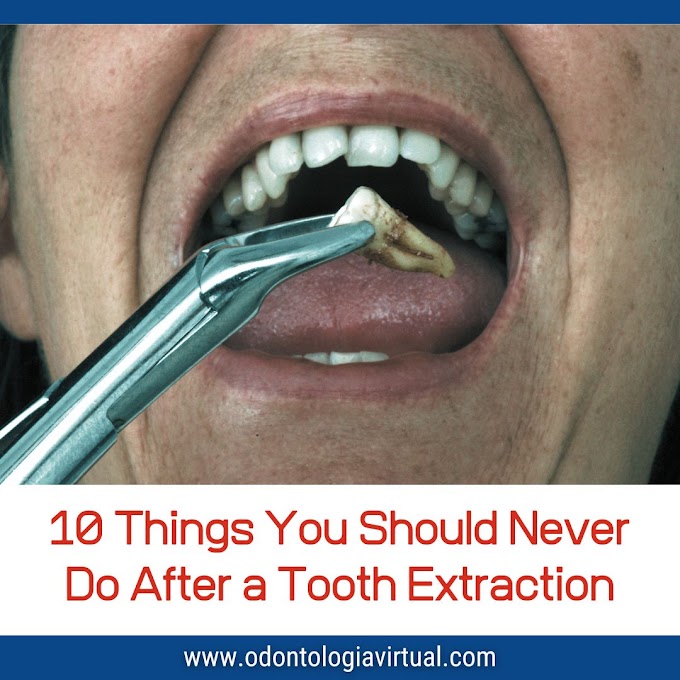hola@ovidentalgo.com
Ludwig’s angina is a severe bacterial infection affecting the soft tissues of the floor of the mouth and neck.
Although rare, its rapid progression can become life-threatening due to potential airway obstruction.
Below is an updated review based on recent publications from 2018 to 2024, including real clinical cases and expert opinions.
Symptoms
The characteristic symptoms of Ludwig’s angina include:
- Swelling and Pain: Significant inflammation in the floor of the mouth, neck, and jaw, which can push the tongue upward and backward, leading to airway obstruction.
- Difficulty Swallowing and Breathing: Swelling can cause dysphagia (difficulty swallowing) and dyspnea (difficulty breathing), requiring immediate medical attention.
- Fever and General Malaise: Presence of fever, chills, and an overall feeling of illness.
- Other Symptoms: Drooling, muffled voice, trismus (difficulty opening the mouth), and lymphadenopathy (swollen lymph nodes).
Causes
The primary cause of Ludwig’s angina is a dental infection, particularly of the second and third lower molars.
Other causes include oral trauma, salivary gland infections, and recent dental procedures.
Risk factors such as diabetes, immunosuppression, and poor oral hygiene increase susceptibility to this condition.
► Read also: Dental Extractions After Radiotherapy: Scientific Updates and Recommendations for Dentists
Treatment
The management of Ludwig’s angina focuses on:
- Airway Protection: Due to the risk of obstruction, intubation or an emergency tracheostomy may be required.
- Antibiotic Therapy: Broad-spectrum antibiotics are used to fight the infection. The specific choice depends on the involved microorganisms and antibiotic sensitivity.
- Surgical Intervention: In cases with abscess formation, surgical drainage is necessary to remove pus and relieve pressure on affected tissues.
- Supportive Care: Adequate hydration, pain management, and constant monitoring of vital signs.
Prognosis
With timely diagnosis and treatment, the prognosis for Ludwig’s angina is favorable.
However, delayed care can lead to severe complications such as airway obstruction, sepsis, and mediastinitis, significantly increasing mortality risk.
Epidemiology
Although Ludwig’s angina is rare, it remains a medical emergency due to its potential lethality.
The incidence has decreased with widespread antibiotic use and improved dental hygiene, but it remains a concern in populations with limited access to dental care.
Complications
Possible complications include:
- Airway Obstruction: Due to inflammation and tongue displacement.
- Sepsis: Systemic infection spread.
- Mediastinitis: Infection spreading to the mediastinum (central chest cavity).
- Necrotizing Fasciitis: Rapidly progressing infection causing soft tissue necrosis.
Relevant Clinical Cases
A 42-year-old male developed Ludwig’s angina following a lower third molar dental treatment.
Despite initial drainage and antibiotic therapy, he presented with chest pain and decreased oxygen saturation, later diagnosed with mediastinitis.
Additional thoracic drainage was performed, leading to a full recovery.
We report a case of a 29-year-old female who presented to our emergency department with a sore throat for 2 weeks, a fever for 12 days, and progressively increasing pain in her throat for 1 week. She could not swallow any solids or liquids since last night.
In our case, we picked up a diagnosis of Ludwig’s Angina quite early as we kept a high threshold of suspicion secondary to subtle signs of an impending airway problem: change in the patient’s voice and subtle swelling of her chin described by the patient herself.
A CT neck & floor of mouth confirmed our clinical suspicion and diagnosis of Ludwig’s Angina.
We managed her with aggressive early intravenous (IV) antibiotics, IV steroids and IV hydration which could prevent a fatal airway complication from transpiring.
Expert Opinions
Experts emphasize the importance of early diagnosis and aggressive management of Ludwig’s angina.
Multidisciplinary collaboration among dentists, maxillofacial surgeons, and critical care specialists is crucial to optimize outcomes and reduce mortality associated with this condition.
In conclusion, Ludwig’s angina, although uncommon, represents a medical emergency requiring immediate intervention.
Early symptom recognition, along with proper airway management and infection control, are fundamental to improving prognosis and preventing potentially fatal complications.













